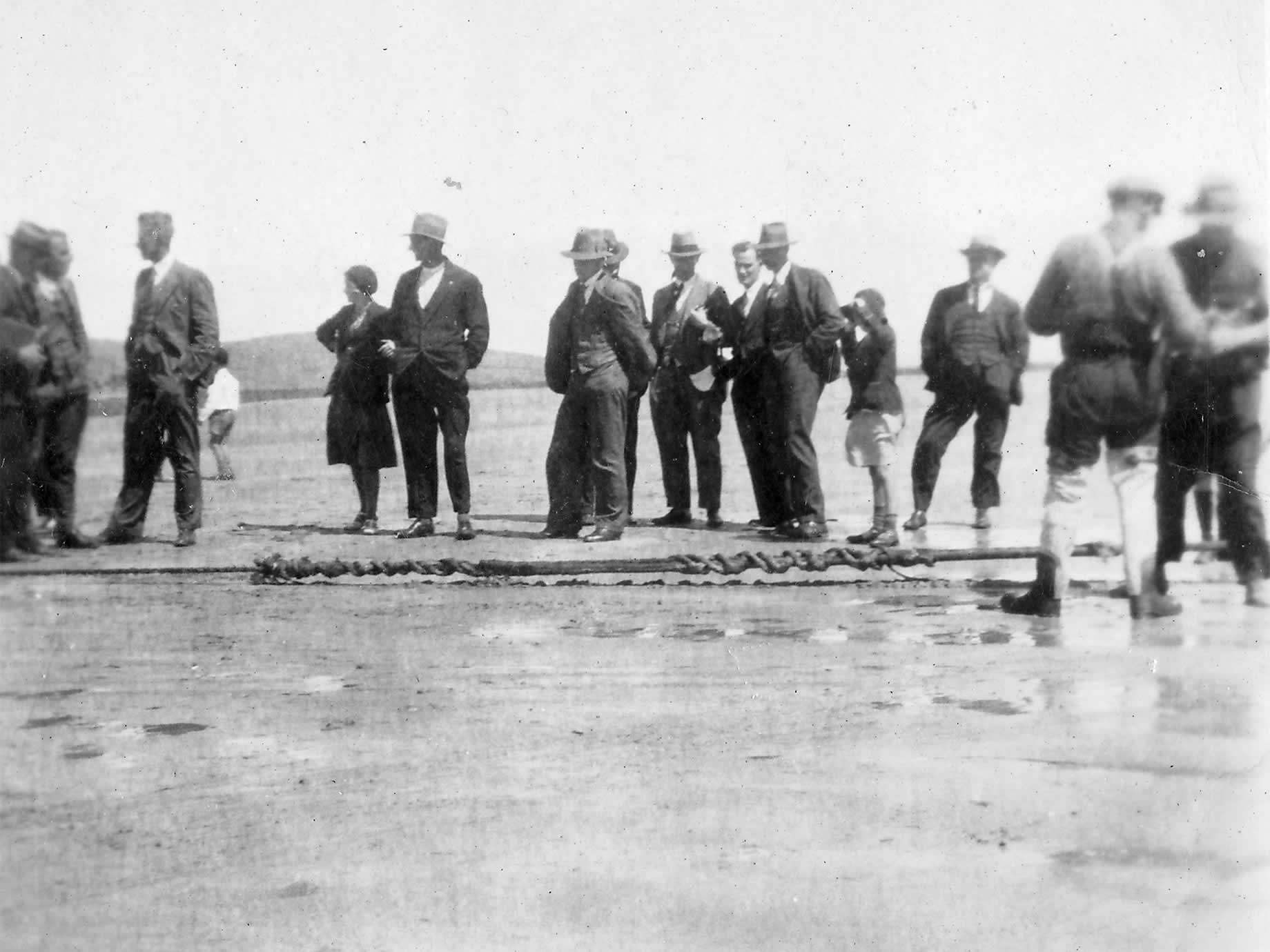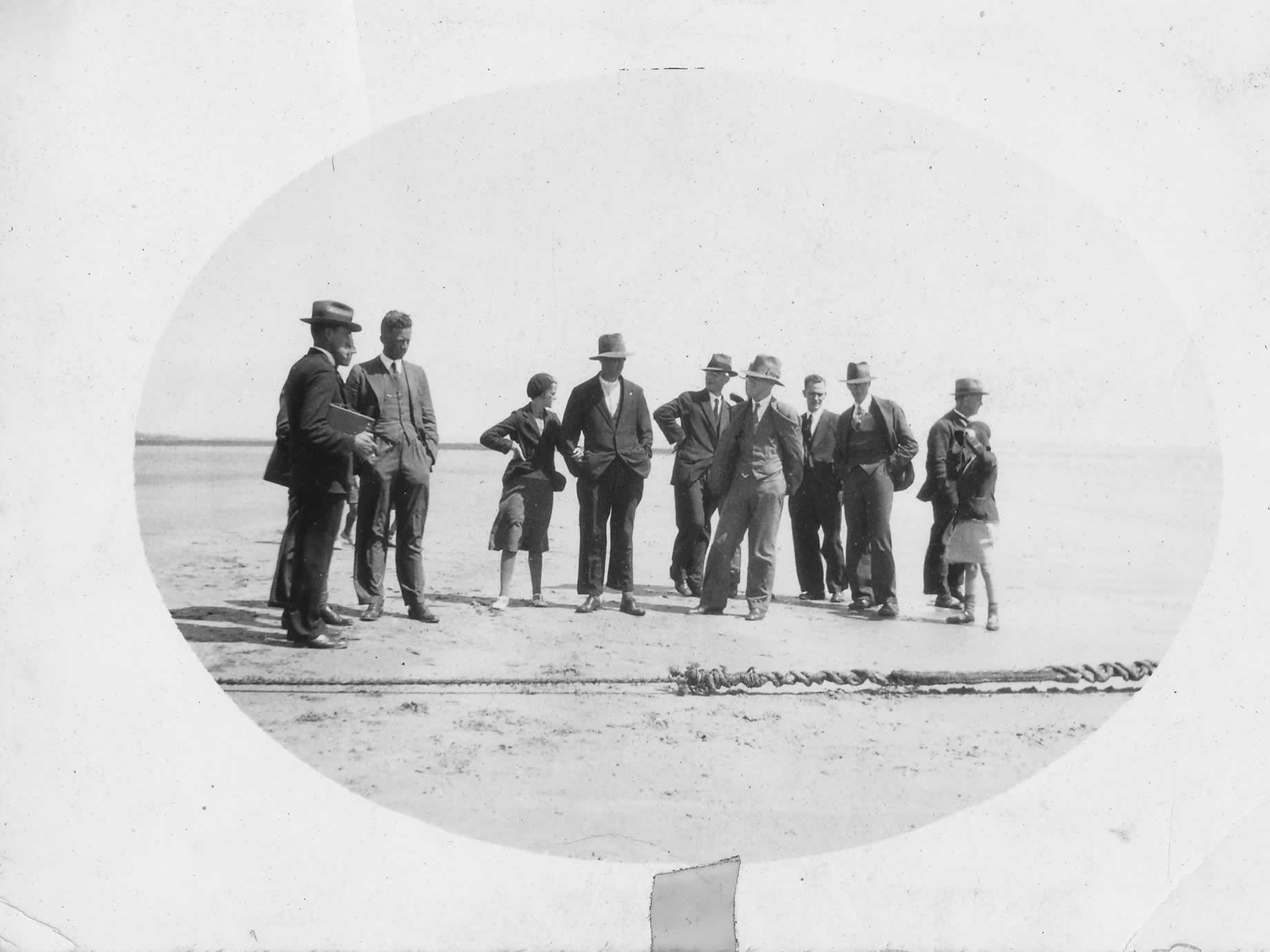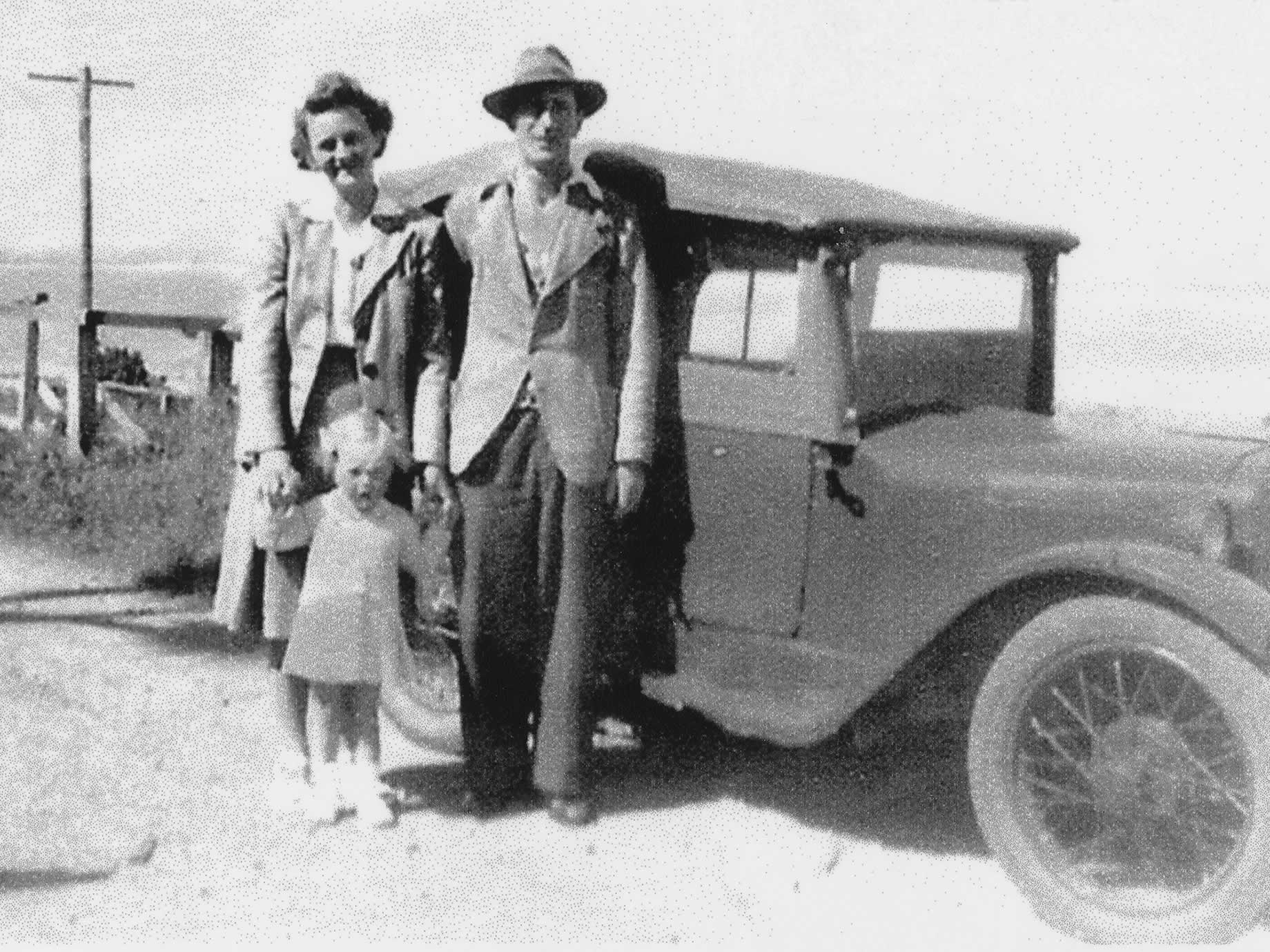About Stanley
Experience the beauty of Tasmania’s north-west coast, a region aptly named the ‘Edge of the World’.
Located in Far North West Tasmania, the Circular Head municipality, a region aptly named the ‘Edge of the World’, covers an area of 4,917km².
The municipality gained its name from the unusual land formation commonly known as ‘The Nut’ at Stanley, the solidified lava lake of a long-extinct volcano. The Nut was sighted by Bass and Flinders on their historic circumnavigation of Tasmania in 1798. It is possible to reach to the top of The Nut via a steep track or chairlift.
Aboriginal Australians inhabited parts of Tasmania for many thousands of years and moved up and down the coast. The North West tribe consists of eight bands ranging from Table Cape to the Pieman.
In 1825 the Van Diemen’s Land Company was granted land in north-western Van Diemen’s Land, including the Stanley area. Employees of the company from England settled in the area in October 1826.
It was named after Lord Stanley, the British Secretary of State for War and the Colonies in the 1830s and 1840s, who later had three terms of office as British Prime Minister.
A port opened in 1827 and the first school opened in 1841. The Post Office opened on 1 July 1845; it was known as Circular Head until 1882. In 1880 the first coach service between Stanley and Burnie was established.
In 1936 a submarine telephone cable from Apollo Bay to Stanley provided the first telephone to Tasmania from the mainland. Today Stanley is the main fishing port on the north-west coast of Tasmania.
Tourists regularly travel to Highfield Historic Site (a historic home on the north west of the township) to view the picturesque northern beaches with The Nut in the background.
Visit stanleyandtarkine.com.au for activities, attractions and accommodation
Image gallery
Images gathered from Meg’s personal albums and other historical sources


- ../../../assets/gallery/large/unassigned/playing-cards-c1920.jpg

- ../../../assets/gallery/large/unassigned/stanley-wc206-6072-040.jpg

- ../../../assets/gallery/large/unassigned/centre-of-stanley-1940.jpg

- ../../../assets/gallery/large/unassigned/early-wh-smith-home.jpg

- ../../../assets/gallery/large/unassigned/first-photo-of-highfield.jpg

- ../../../assets/gallery/large/unassigned/great-motor-race-start-union-hotel-1914.jpg

- ../../../assets/gallery/large/unassigned/highfield_wc40-1174-013.jpg

- ../../../assets/gallery/large/unassigned/kermandie-in-port-stanley.jpg

- ../../../assets/gallery/large/unassigned/old-wharf-1858.jpg

- ../../../assets/gallery/large/unassigned/opening-hobart-stanley-railway-1922.jpg

- ../../../assets/gallery/large/unassigned/opening-hobart-to-stanley-railway-procession-11july1922.jpg

- ../../../assets/gallery/large/unassigned/procession-for-opening-of-railway2.jpg

- ../../../assets/gallery/large/unassigned/opening-of-stanley-hobart-roadway-1923.jpg

- ../../../assets/gallery/large/unassigned/queens_birthday_celebration_early_1900s_f57-2009652225.jpg

- ../../../assets/gallery/large/unassigned/stanley_wc38-1110-022.jpg

- ../../../assets/gallery/large/unassigned/stanley-band-c1906-harrison-terrace.jpg

- ../../../assets/gallery/large/unassigned/stanley-band-picnic-1915.jpg

- ../../../assets/gallery/large/unassigned/stanley-brass-band-c1870.jpg

- ../../../assets/gallery/large/unassigned/stanley-c1930.jpg

- ../../../assets/gallery/large/unassigned/stanley-from-highfield-1836.jpg

- ../../../assets/gallery/large/unassigned/stanley-from-highfield-1858.jpg

- ../../../assets/gallery/large/unassigned/stanley-highway-1890.jpg

- ../../../assets/gallery/large/unassigned/stanley-race-course-1910.jpg

- ../../../assets/gallery/large/unassigned/stanley-rifle-range-1910.jpg

- ../../../assets/gallery/large/unassigned/stanley-show-day-1929.jpg

- ../../../assets/gallery/large/unassigned/stanley-tennis-court-1905.jpg

- ../../../assets/gallery/large/unassigned/stanley-wc32-760-009.jpg

- ../../../assets/gallery/large/unassigned/stanley-wc38-1070-027.jpg

- ../../../assets/gallery/large/unassigned/stanley-wc38-1075-026.jpg

- ../../../assets/gallery/large/unassigned/stanley-wc38-1081-024.jpg

- ../../../assets/gallery/large/unassigned/stanley-wc206-6067-032.jpg

- ../../../assets/gallery/large/unassigned/stanley-wc206-6071-036.jpg

- ../../../assets/gallery/large/unassigned/blasting-stone-for-breakwater-the-nut-1897.jpg

- ../../../assets/gallery/large/unassigned/storm-at-breakwater-wharf-c1910.jpg

- ../../../assets/gallery/large/unassigned/tatlows-coach-outside-stanley-hotel-1915.jpg

- ../../../assets/gallery/large/unassigned/the-nut-logslide-1858.jpg

- ../../../assets/gallery/large/unassigned/town-centre-1858.jpg

- ../../../assets/gallery/large/unassigned/town-centre-1870.jpg

- ../../../assets/gallery/large/unassigned/workers-rest-after-king-park-construction.jpg

- ../../../assets/gallery/large/unassigned/stanley-mill-workers-1950.jpg

- ../../../assets/gallery/large/unassigned/ab71315943.jpg

- ../../../assets/gallery/large/unassigned/stanley-wc42-1284-016.jpg

- ../../../assets/gallery/large/unassigned/timber-on-wharf-ready-for-shipment.jpg

- ../../../assets/gallery/large/unassigned/dal-oconnors-team.jpg


